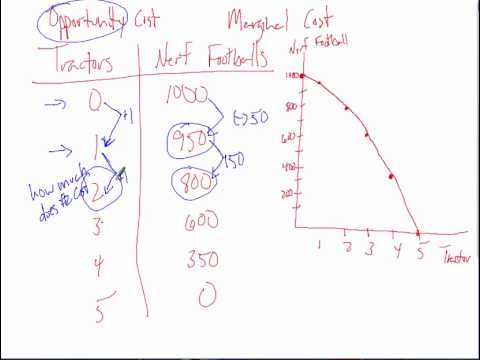Content

The best reason to use a static budget is the variance analysis. The variance analysis tells you how much your budget is over or under the original projections, via percentage and dollars. Even for new businesses, it may be easier to plan for future years when you know you have a comparison between what was expected and what actually occurred.
What is needed is a performance report where the budget is “flexed” based on the actual volume. Notice that a flexible budget will still static and flexible budgets are similar in that: include fixed costs – rent/mortgage, utilities, etc. Very few businesses will have exclusively fixed or entirely variable costs.
Tips For Managing Project Budgets Successfully
These sections will explain the importance of budgets and forecasting to the business. This material will enable you to explain the budgeting and forecasting process and discuss its benefits to the company. The fixed budget takes comparatively little time to prepare. On the other hand, a flexible budget takes a lot more time.

A big disadvantage for new businesses is the lack of actual data upon which to build a budget. If actual data differ significantly from the static budget, there’s no way to change the budget or to determine if the costs to produce the revenue were properly controlled. The forecast is a new document that predicts the remainder of the reporting period’s activity and compares it to the static budget and the actuals.
They both are prepared for multiple activity levels.
When actual costs are equal to budgeted costs D. Unlike a static budget, a flexible budget changes or fluctuates with changes in sales and production volumes. A static budget forecasts revenue and expenses over a specific period but remains unchanged even with changes in business activity. A flex budget uses percentages of revenue or expenses, instead of fixed numbers like a static budget.
Static budget is more useful for performance measurement purposes. Static budget is used in the service industry while flexible budget is used for manufacturing sector only. Static budget is prepared for a single level of activity while a flexible budget can be flexed https://kelleysbookkeeping.com/ for different activity levels. Which of the following is a difference between a static and a flexible budget? Static budgets are based on single estimate of volume, whereas flexible budgets show estimated costs and revenues at a variety of activity levels.
Using Datarails to Build Your Static Budget
Companies develop a budget based on their expectations for their most likely level of sales and expenses. Often, a company can expect that their production and sales volume will vary from budget period to budget period. They can use their various expected levels of production to create a flexible budget that includes these different levels of production. Then, they can modify the flexible budget when they have their actual production volume and compare it to the flexible budget for the same production volume. A flexible budget is more complicated, requires a solid understanding of a company’s fixed and variable expenses, and allows for greater control over changes that occur throughout the year.